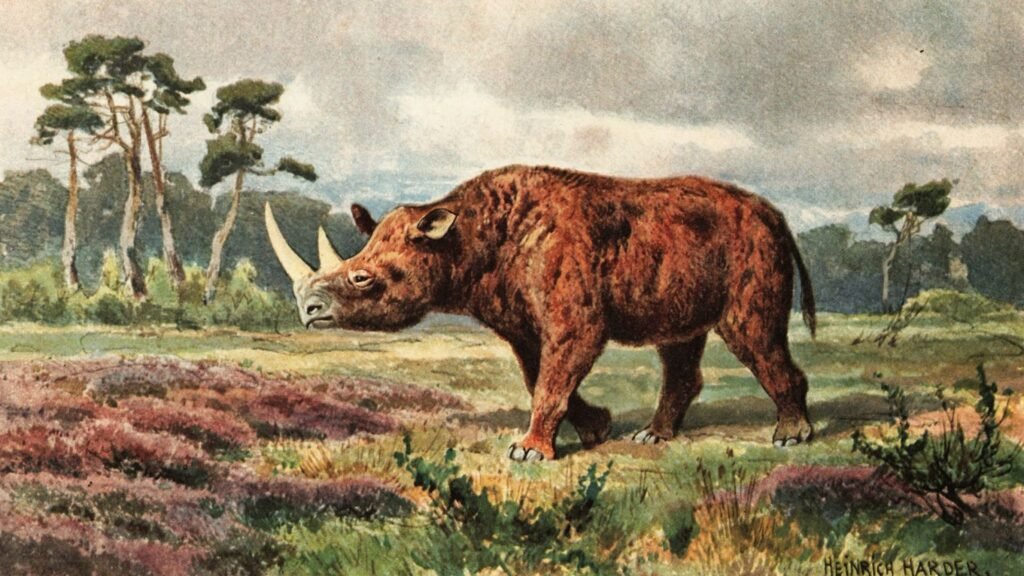A significant scientific discovery has come to light in Siberia, where a 32,000-year-old woolly rhinoceros was found remarkably well-preserved in ice. This extinct species of rhinoceros was unearthed in Russia’s far northern region, near the Tirekhtyakh River, in August 2020. The exceptional state of the carcass, preserved by the region’s permafrost, presents a unique opportunity for researchers to gain unprecedented insights into Ice Age fauna.
The young woolly rhinoceros, estimated to have been just four years old when it died, was largely intact when found. Its fur, skin, and even some internal organs were still present, providing a window into the species’ physical characteristics. Unfortunately, the left side of the animal had been damaged, likely due to scavengers, and its intestines were notably absent.
Woolly rhinoceroses were once common in the cold plains of Siberia, thriving over 30,000 years ago during the Ice Age. Characterized by their thick coats and large, blade-like horns, these creatures were well-adapted to the frigid climate. Similar to modern rhinos, they had two horns, although their larger size and sharper shape distinguished them from today’s species.
This extraordinary find, published in the journal Doklady Earth Sciences, is considered one of the most well-preserved examples of this species. Researchers believe that studying these frozen specimens will provide invaluable data on the evolution, behavior, and environment of these prehistoric animals, enhancing our understanding of life during the Ice Age.


